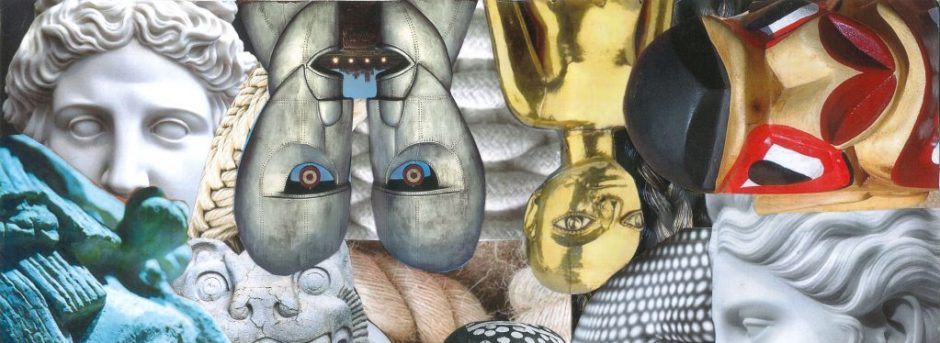Protected: IP unit: Reflective Report – Screen mirroring for technical demonstrations
Posted in Inclusive Practices
Tagged Reflective Intervertion Report Intersectionality
Enter your password to view comments.
Protected: Blog 3 Intersectionality and Race – That’s not Art, That’s not Music
Posted in Inclusive Practices
Tagged Intersectionality Race Blog Post
Enter your password to view comments.
